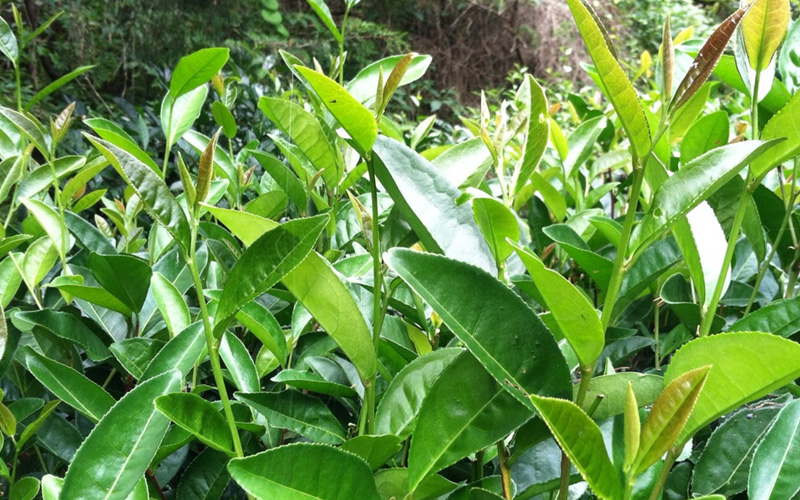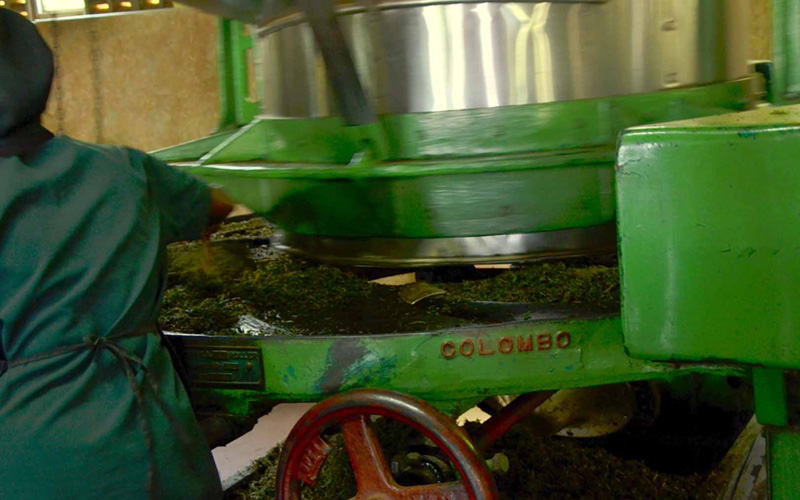History of Tea
Every time you drink a cup of tea, you are taking part in a piece of history and in this section of Facts About Tea, we look at the very beginning of tea.
It is said that tea was accidentally discovered in China, in 2737 BC, by Emperor Shen Nung, when a few tea leaves fell into his pot of boiling water. However, the habit of drinking tea leaves stepped in a tea pot became popular only during the Ming Dynasty (1368-1644).
Tea Processing

Growing
Camellia sinensis plants must be grown and harvested as the first step in making tea. Growing conditions and harvesting methods can have a huge impact in the flavor of the finished tea. So while this step is probably the most ubiquitous, it can also produce the most variation.
Farmers can also manually change the growing conditions of the plant to exert control over the tea’s chemical composition. Planting tea in rocky soil or at varying elevations can change the character of the harvested leaves.

Withering
The first processing step after the leaves are harvested is a very basic one. Since Camellia sinensis leaves are thick and waxy on the plant, they must be softened, or withered, to make them pliable for crafting.
The leaves are laid out on fabric or bamboo mats, and left to wilt. Modern tea farmers control the variables in this process with great precision.

Bruising
After the leaves are withered, crafting methods for different styles start to diverge. Oolong teas, black teas, and pu-erh teas usually undergo some sort of bruising process. This means the leaves are rolled, twisted, or otherwise crushed.
Manually bruising a large batch of tea leaves was once the most demanding step in processing tea. Leaves must be thoroughly and evenly bruised to produce a consistent batch of tea.

Oxidizing
After bruising, leaves intended for oolong or black teas are left to oxidize, or turn brown. Again, the leaves are laid out and left to wither. Now that the cell walls have been broken, an enzymatic reaction turns the leaves brown, just like a cut apple.
Leaves must be carefully monitored during this process. For oolongs, in particular, missing the correct moment can mean ruining the tea, or crafting something entirely different than what was intended.

Fixing
To stop the oxidation process, the tea leaf is heated. Just like baking an apple, the application of heat denatures the enzymes responsible for oxidation and stops the leaf from continuing to turn brown.
This fixing step is sometimes called the kill green, but it actually serves to preserve whatever green color is still left in the leaf at this stage.

Drying
Finally, all tea must be dried to remove any residual moisture and create a shelf-stable leaf. Again, the method of heating can dramatically change the flavor of the tea. This effect is most commonly seen with charcoal roasting, which imparts a distinctly rich quality to the flavor during this step.
After it’s dried, the tea is ready to be packaged and shipped all over the world. Using variations on these steps, a single leaf can be crafted into any type of tea.

